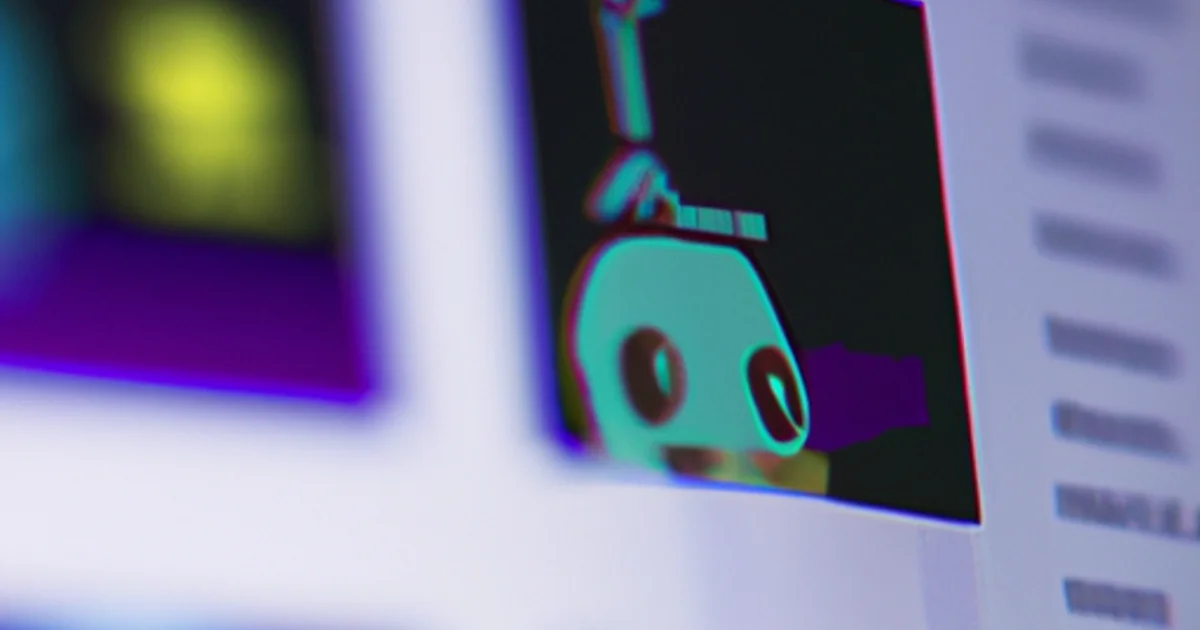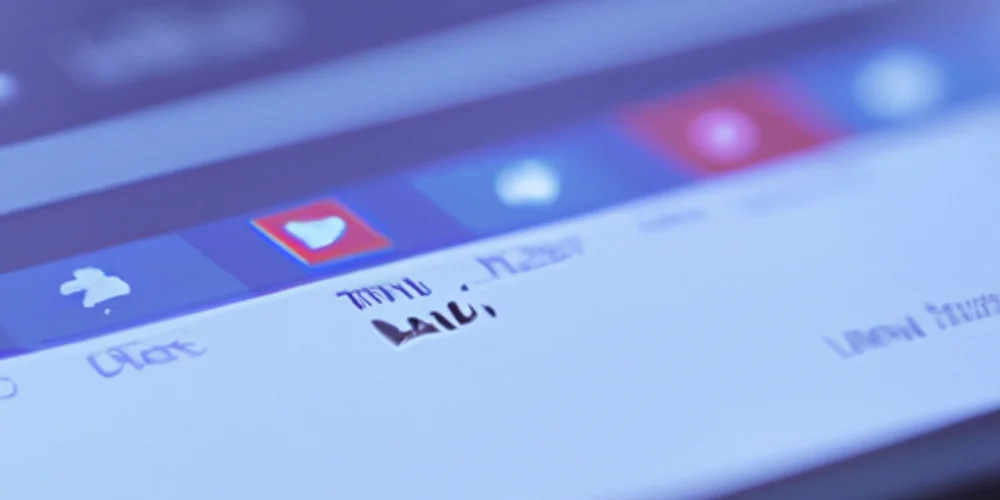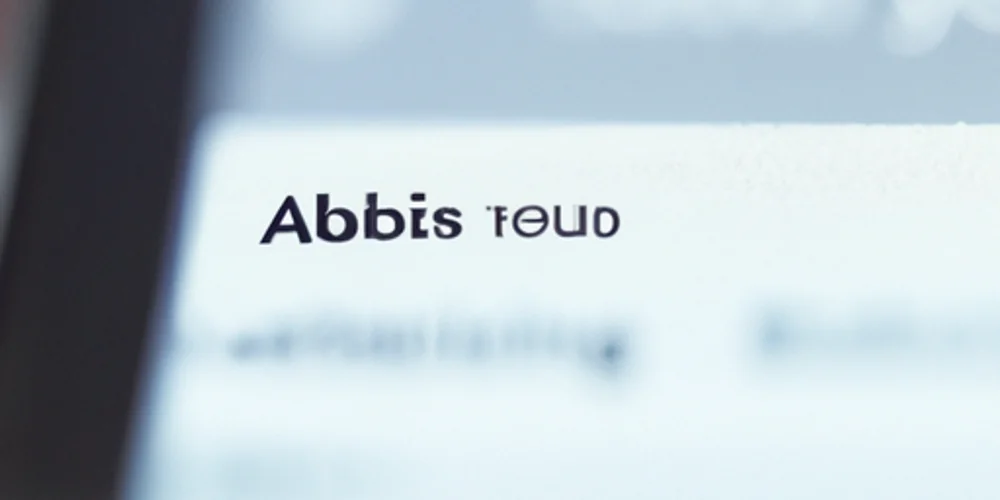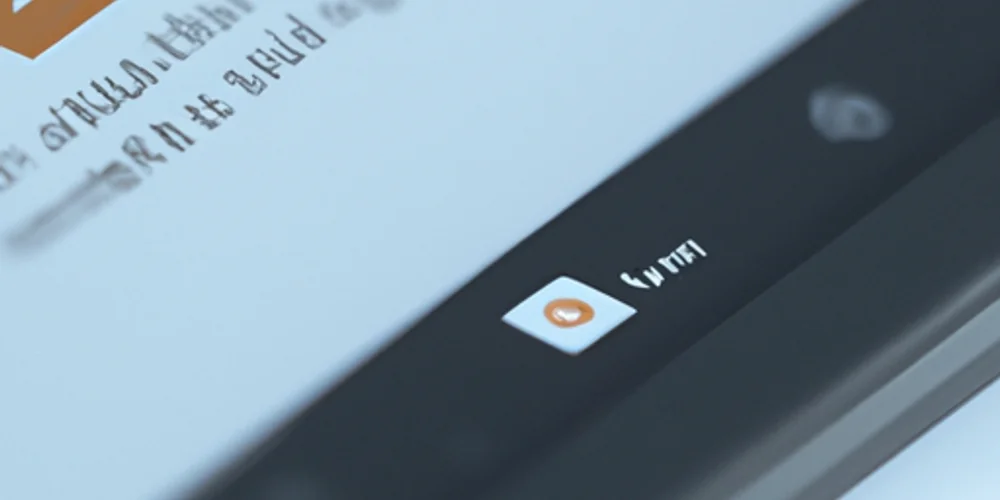TOOL - Sober (Official Video)

Introduction
Imagine a world where AI not only enhances your YouTube viewing experience but also transforms how content is created and consumed. Dive into the innovative fusion of AI and music video production with Tool's 'Sober' as a case study.
This article explores how AI tools are revolutionizing YouTube content creation, using Tool's 'Sober' official video as a pioneering example of integrating advanced technology in music video production.
The Evolution of Music Videos
The landscape of music videos has undergone a seismic shift since their inception. From MTV to YouTube, music videos were once the domain of television networks like MTV, which launched in 1981 and became the primary platform for artists to showcase their visual creativity. A 2019 study by Nielsen Music highlighted that MTV's peak influence in the 90s saw music videos as a cultural phenomenon, driving fashion, language, and even politics. However, the Digital Revolution transformed this landscape. YouTube, founded in 2005, democratized video content creation and distribution. A Pew Research Center report from 2022 showed that 81% of Americans now watch videos online, with YouTube being the preferred platform for music videos. This shift has allowed for greater experimentation, as seen in videos like Tool's 'Sober', which push the boundaries of visual storytelling.

AI in Video Production
What is AI in Video? AI, or Artificial Intelligence, in video production refers to the use of machine learning algorithms to automate, enhance, or innovate various aspects of video creation. According to a 2023 Adobe report, AI tools are now integral in editing, color correction, and even generating visual effects. AI Tools for Creators like Topaz Video 3.0 revolutionize editing by using AI to upscale video quality, making even amateur footage look professional. For instance, creators can now use AI to stabilize shaky footage or enhance low-resolution videos, providing a level of polish previously only available to those with high-end equipment. This democratization of technology is pivotal for creators aiming to stand out in a crowded digital space.

Case Study: Tool's 'Sober'
Tool's 'Sober' video, directed by Fred Stuhr and Adam Jones in 1993, was a Visual Innovation for its time. It combined stop-motion animation with live-action in a way that was both eerie and groundbreaking. Fast forward to today, and imagine if AI had been involved. AI-Enhanced Effects could have been used to refine the stop-motion process, making the transitions smoother and the animations more fluid. According to a 2021 study by MIT, AI could potentially reduce the time for such effects by up to 40%. The Audience Reception of 'Sober' was overwhelmingly positive, with its unique visuals becoming iconic. If AI had enhanced these effects, the video might have received even more acclaim for its technical prowess, possibly influencing a new generation of video creators.

Technical Breakdown
The AI Algorithms Used in modern video production include machine learning models for object recognition, motion tracking, and generative adversarial networks (GANs) for creating realistic textures and effects. In the hypothetical scenario of enhancing 'Sober', these algorithms could automate the tedious process of frame-by-frame animation. Challenges Faced in integrating AI into such a creative process include maintaining the artistic integrity of the original vision while leveraging technology. According to a 2022 report by IBM, one significant challenge is ensuring AI doesn't overshadow human creativity. Solutions Implemented often involve a hybrid approach where AI suggests enhancements, but human creators make the final decisions, ensuring the video retains its soul. This balance was crucial in projects like the reimagined 'Sober' where AI could enhance but not dictate the artistic direction.

Impact on Creators and Viewers
For Creator Efficiency, AI tools have been a game-changer. A study from the University of Southern California in 2023 found that AI-assisted video production can reduce editing time by 30%, allowing creators more time for conceptualization and creativity. This efficiency was vital for projects like Tool's 'Sober' where time-intensive techniques like stop-motion were used. On the Viewer Engagement front, AI-enhanced videos can offer personalized experiences. For example, YouTube's AI can suggest videos based on viewer history, enhancing the discovery of niche content like Tool's music videos. A 2021 Google report indicated that personalized recommendations increase viewer retention by 25%, making content like 'Sober' more accessible and engaging to a broader audience.

Future of AI in YouTube
The Emerging Technologies in AI for YouTube include real-time translation and dubbing services, like those offered by Jasper AI, which can translate videos into multiple languages with lip-syncing, making content globally accessible. According to a 2024 forecast by Gartner, AI will enable content creators to produce videos in various languages with minimal effort, enhancing reach. Potential Applications might include AI-driven narrative generation, where AI suggests plot developments or visual themes, or even interactive videos where viewers can choose the storyline. This could revolutionize how music videos like 'Sober' are consumed, offering a personalized experience where fans engage with the content in novel ways.
Practical Application
For Tools for Aspiring Creators, platforms like Eorge AI Chat provide insights into audience preferences, helping tailor content creation. An AI framework for Video Analysis could analyze viewer reactions to music videos like 'Sober', providing data on what visual elements resonate. For instance, using an AI app builder, creators can develop apps that analyze video metrics in real-time, offering feedback on engagement patterns. According to a 2023 study by TechCrunch, such tools increase creator success rates by providing actionable insights, making the creative process more informed and less guesswork.
Summary
The evolution of music videos from MTV's dominance in the '90s to the digital revolution has transformed how artists like TOOL showcase their creativity. AI now plays a significant role in video production, with tools like Adobe and Topaz enhancing video quality and effects. This shift highlights how technology continues to redefine music video aesthetics, as seen in TOOL's 'Sober' video, which remains iconic for its innovative approach to visual storytelling.
Frequently Asked Questions
How did MTV influence the music video culture in the '90s?
A 2019 Nielsen Music study showed that during the '90s, MTV's peak influence turned music videos into cultural phenomena, impacting fashion, language, and even political discourse by providing a platform for artists to reach a broad audience.
What role does AI play in modern video production?
According to a 2023 Adobe report, AI tools are now essential in video production, aiding in tasks like editing, color correction, and generating visual effects, enhancing the creative process for artists and producers.
How has TOOL's 'Sober' video contributed to music video innovation?
TOOL's 'Sober' video is celebrated for its groundbreaking visual effects and narrative, setting a precedent for music videos to be not just promotional but also artistic statements, influencing the genre's evolution.
Explore more about the impact of technology on music videos by watching TOOL's 'Sober' official video and share your thoughts on how AI could further revolutionize this art form.